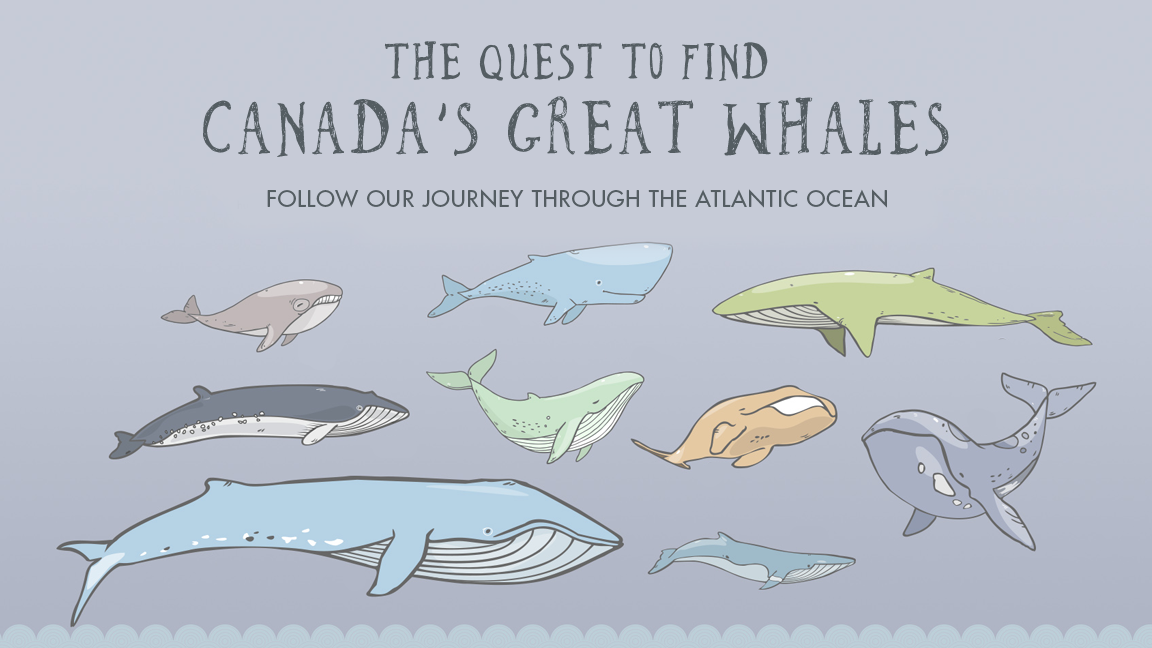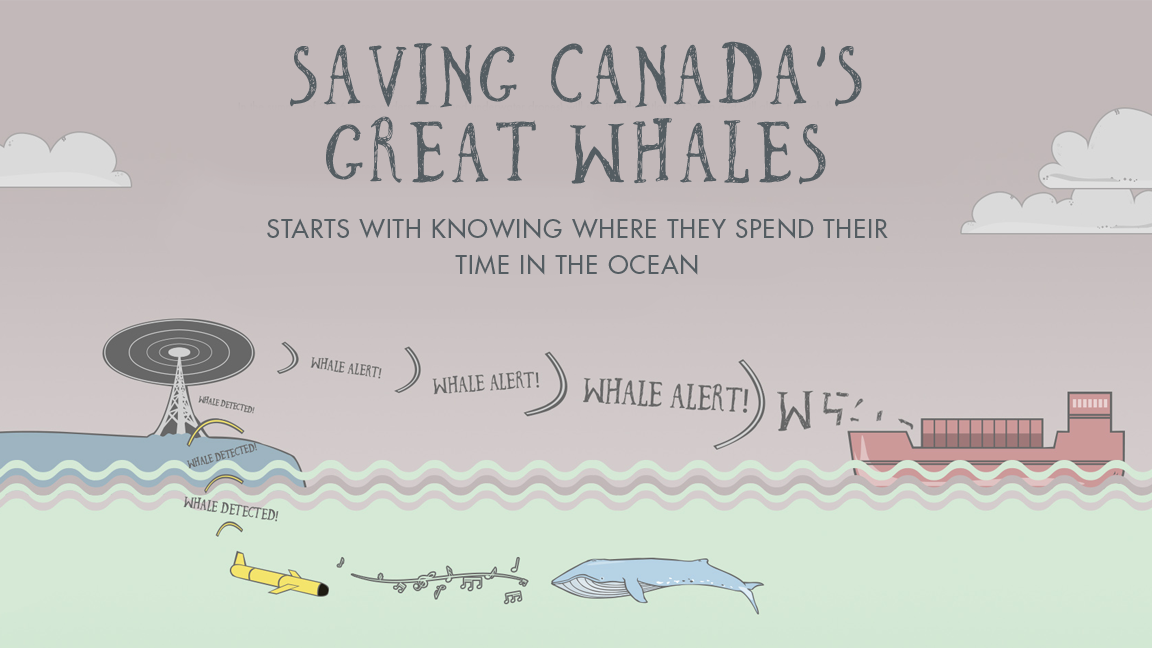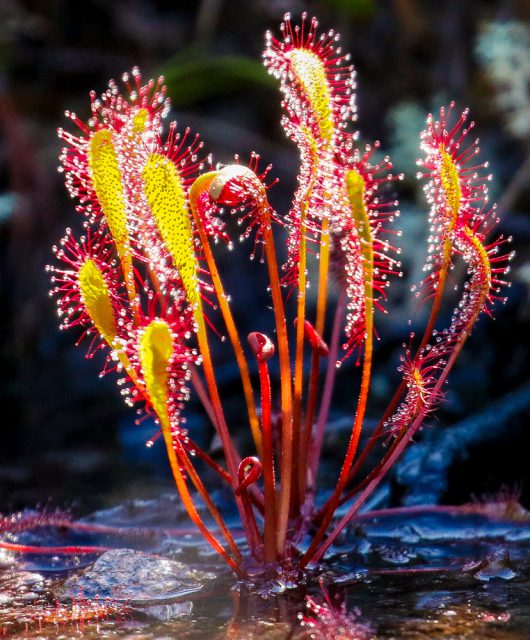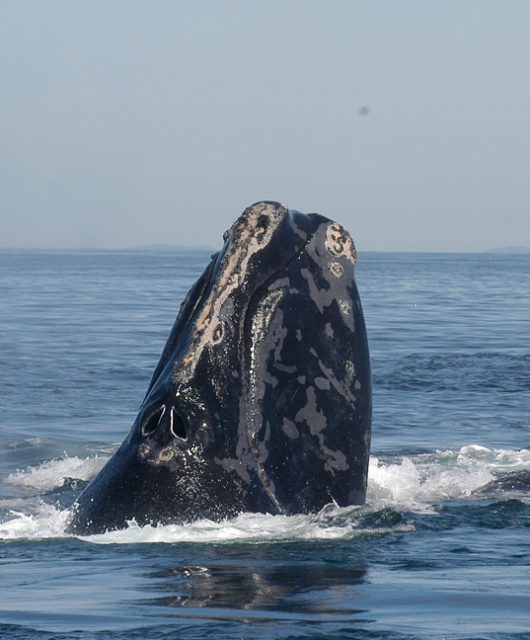
Thank you for tuning in! We are very excited that you can share our journey to find Canada’s Great Whales. Our names are Kim and Sean and we are researchers in Atlantic Canada who study where and why the largest creatures on Earth are found right off our coast. And now we are using new technologies, so you can share in this exciting research as it happens. Every week, we will post new blog entries with interesting facts and findings from our live, ongoing search. Here we go!
Here is an amazing fact: it’s not very easy to find out where whales live.
Most people are surprised by this, asking “so why can’t we just tag or collar all the whales, like we tag deer and bears?”. Unlike most other large animals, we cannot easily attach tracking devices to whales. This is mostly because they are so large that we cannot handle them (we have to tranquilize and handle even the largest land animals). When we are able to attach tracking devices to whales, they only remain active for short periods of time – often because the whale eventually knocks it off!
Truthfully, we do not know where most whales in Canada are. Fortunately, most whales make regular annual migrations among different parts of the ocean, and many of these locations are relatively known. But, even in these cases, they can surprise us. For example, although most of the 500 remaining North Atlantic Right Whales usually come to the Bay of Fundy each summer, for the last three years, only a few individuals have shown up. No one knows where all the others are!

In partnership with the Particle, Fish and Whale Lab at Dalhousie University, where Kim works, we are now offering a way for the public to watch and enjoy discovering where these giant mammals occur in Canada’s Atlantic Ocean along with the scientists. The Whale, Habitat and Listening Experiment (WHaLE), which is being run by this lab, uses drones to survey parts of our ocean while listening for tell-tale sounds made by different types of whales.
Go check out the website where you will find a map that shows where these gliders are and the types of whales they are detecting. We’ve also provided information about the different great whales that are found in Canadian waters, the threats they face, and even the sounds they make. We will update the map every Tuesday until this year’s field season ends in (mid-November) and we will be providing a weekly blog to talk about what the robots are finding and discussing the lives of these great whales.
» Follow the Quest to Find Canada’s Great Whales «





